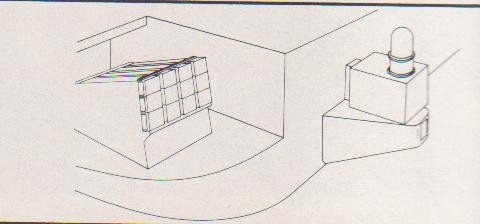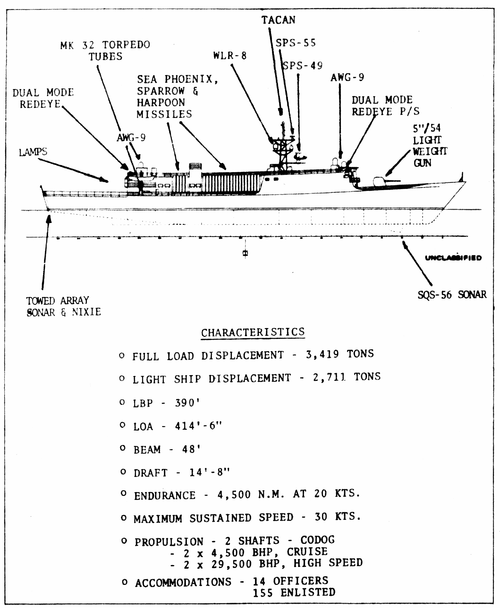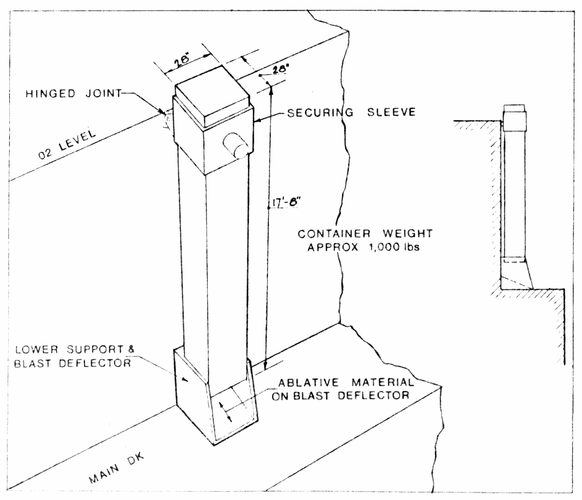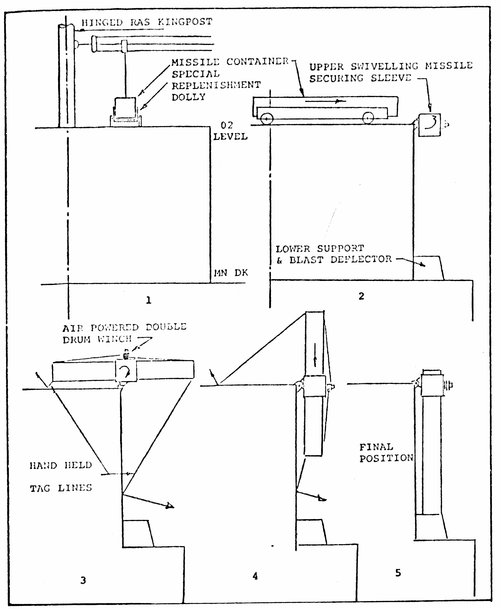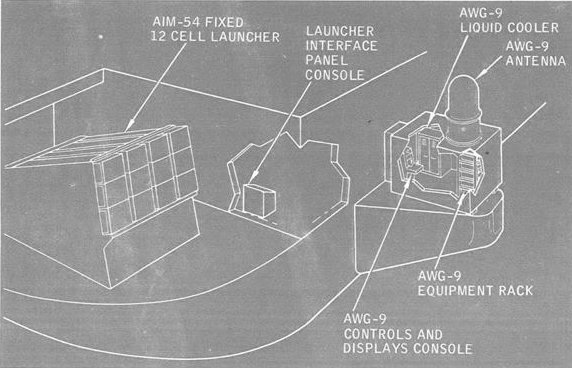Brickmuppet
ACCESS: Secret
The only mention I have seen of the surface launched version of AIM-54 was a brief mention in Gunston's Rockets and Missiles where he says that "In 1976 a virtually unmodified Phoenix was successfully fired at NWC China Lake traveling 13.5 miles downrange in 90 seconds..." He also mentions that the Tomcat radar could be mounted "almost bodily to a ship, 27 of the 29 boxes being compatible".
Can someone explain 'box compatibility'? I take it to mean the radar as mounted on the fighter consists of 29 modules 27 of which were compatible with a shipboard installation.
Would this have been a good replacement for SM1? Obviously Aegis and SM2 is a more capable system, but Sea Phoenix seems at first blush to give short to midrange multi-target capability for far less cost than Aegis. It might have been a good fit for frigates giving a large increase in capability over the Brooke and Perry classes. The cost per shot would have been high, but even that probably would have come down with an increased production run.
ISTR reading somewhere that Phoenix had a surprisingly short minimum range. Is this true? If so this weapon would seem to be a good point defence weapon too.
Any thoughts or information on this weapon?
UPDATE: This image, allegedly of the Sea Phoenix system, comes via the Shipbucket forum.
http://s11.invisionfree.com/shipbucket/ar/t802.htm
Can someone explain 'box compatibility'? I take it to mean the radar as mounted on the fighter consists of 29 modules 27 of which were compatible with a shipboard installation.
Would this have been a good replacement for SM1? Obviously Aegis and SM2 is a more capable system, but Sea Phoenix seems at first blush to give short to midrange multi-target capability for far less cost than Aegis. It might have been a good fit for frigates giving a large increase in capability over the Brooke and Perry classes. The cost per shot would have been high, but even that probably would have come down with an increased production run.
ISTR reading somewhere that Phoenix had a surprisingly short minimum range. Is this true? If so this weapon would seem to be a good point defence weapon too.
Any thoughts or information on this weapon?
UPDATE: This image, allegedly of the Sea Phoenix system, comes via the Shipbucket forum.
http://s11.invisionfree.com/shipbucket/ar/t802.htm

